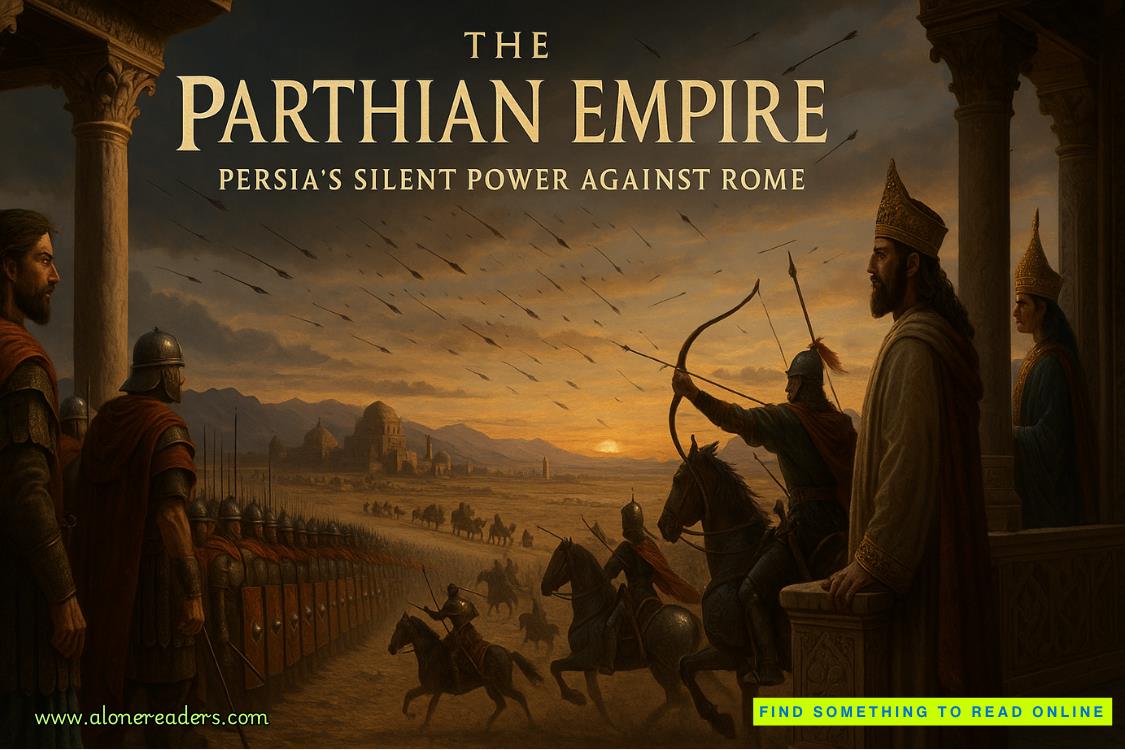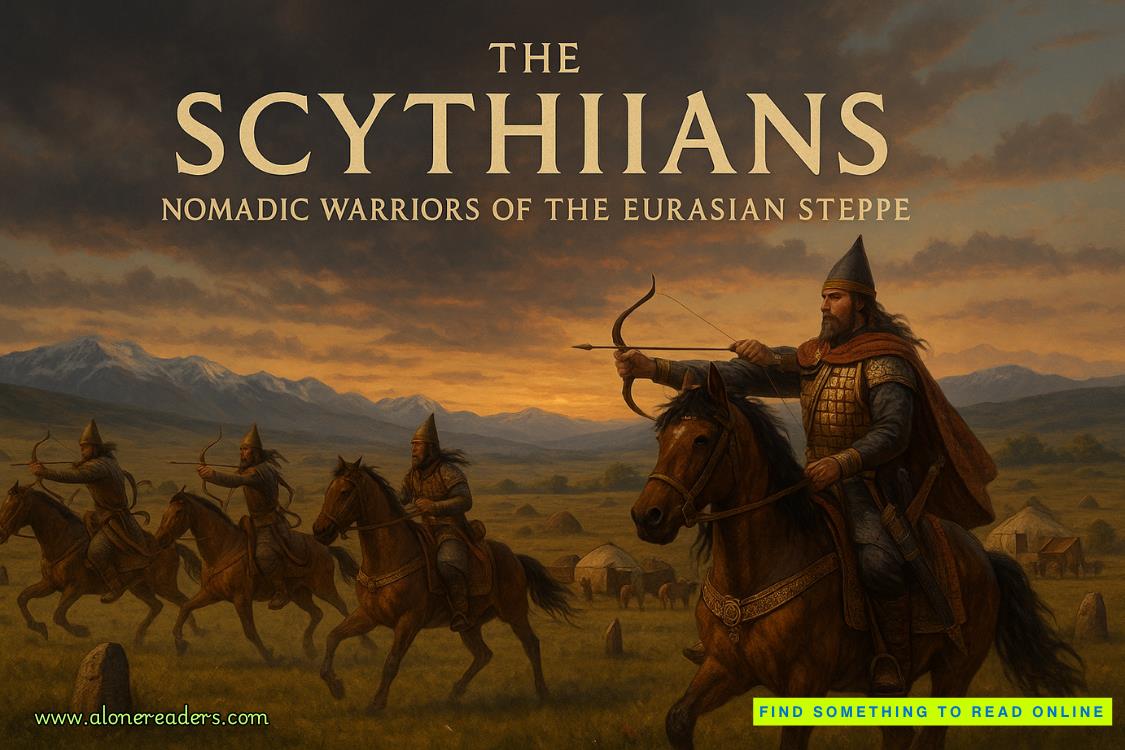Page 80 of Carrie Soto Is Back
SportsHour USA
The Mark Hadley Show
Mark Hadley:The French Open starts tomorrow. Gloria, walk us through the women’s singles.
Gloria Jones:Well, obviously, we are looking to Nicki Chan—clay is a good surface for her. I think Natasha Antonovich has also shown herself to be very adroit at adapting to a clay surface.
Hadley:The ads for the tournament feature a lot of old clips of Carrie Soto, but let’s call it now: Carrie doesn’t really have a chance.
Jones:Clay is not where Carrie Soto shines, no. The Battle Axe—which, by the way, is what I have long called her and I believe weall shouldcall her unless we call her by her name—is a grass court player. Not a clay court player.
Briggs Lakin:Gloria, I think you’re alluding to the fact that people are referring to Carrie Soto as “the B word.” You and I were talking earlier—or maybe I should be honest and saydisagreeing—about whether that’s appropriate.
Jones:Yes, that’s right. I find it offensive.
Lakin:But to play devil’s advocate here…
Jones:[inaudible]
Lakin:I don’t think it’s much different than calling her “the Battle Axe.” Remember, we all started calling her “theBattle Axe” because she went after Paulina Stepanova’s ankle in the match we still call “the Coldest War” at the US Open in ’76. It was ugly and cruel. And there are countless other examples. So I’m sorry, but Carrie Sotoisa “B word.”
And you’re saying that when you call her “the Battle Axe” too. You’re just using a euphemism.
Jones:I think there’s a difference.
Lakin:I know you do. But an athlete’s job is not just to win—it’s also to be someone we can cheer for. Soto puts no effort into courting public opinion at all. I guess I want to know why we all have to walk on eggshells to pretend Carrie Soto isn’t the exact thing she clearly enjoys being?
Hadley:And with that, we’ll be right back.
THE 1995
FRENCH
OPEN
The air of Roland-Garros islike no other court in the world. It is earthy and humid, heavy with the unyielding scent of tobacco. The smoke from the spectators’ pipes has accumulated over the years and lives in the very molecules of this place.
As I walk toward the locker room this morning, preparing for my first match, I am struck by how intense the memories are. Each time I’ve played here comes back to me all at once.
The midseventies, the early eighties. Great wins and crushing losses.
I spent the first five or so years here desperate and frustrated, pushing myself to rise up the ranks. I lost to Stepanova in the semis in ’78. I defeated her in the semis in ’79, only to lose to Gabriella Fornaci. Lost to Mariana Clayton in ’80. Renee Mona in ’81. Bonnie Hayes in ’82. And then in ’83, I finally won the whole thing.
Was I the greatest then—at that very moment? Even though I’dalso failed here many times before? Which matters more? The wins or the losses?
Despite how hard I am seeking some unimpeachable label of “greatness,” it doesn’t really exist. I do know that, on some level.
But then I walk into the locker room, full of players—Antonovich and Cortez talking in the corner, Brenda Johns pulling on her shoes, Carla Perez opening a locker—and suddenly, I am pulled out of my head back into the world I know best.
The world of winners and losers.
SOTO VS. ZETOV
1995 French Open
First Round
I walk out onto thecourt and hear the crowd begin to cheer.















